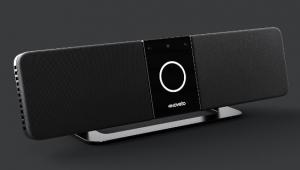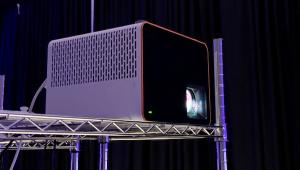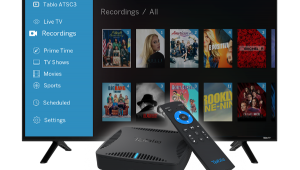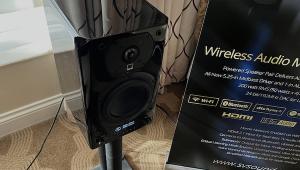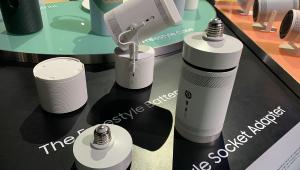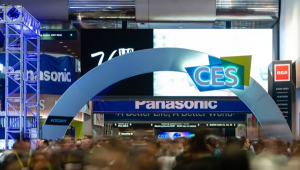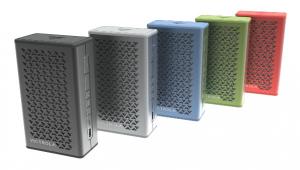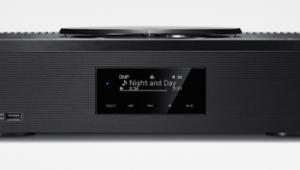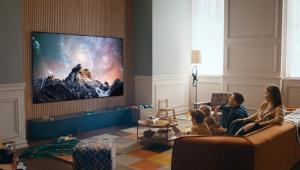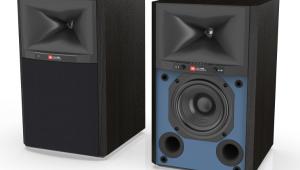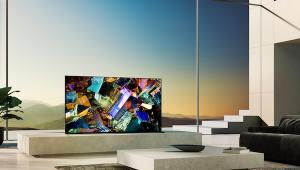JVC Previews New Entry-Level 4K/120Hz Projector

Due out in March, the Procision Series DLA-NP5 (a.k.a. Reference Series DLA-RS1100) is a lamp-based native 4K projector featuring HDR10+ high dynamic range (HDR) processing and two 4K/120Hz-capable HDMI inputs that support 48Gbps connectivity and HDCP 2.3 content protection. The projector will sell for $7,000, making it the least expensive model in the company’s D-ILA line of projectors, headed up by the flagship DLA-NZ9 laser-lit 8K model that received a Sound & Vision Top Pick in December.
Ready for high-frame-rate gaming, the projector has a low-latency mode and can project images up to 200 inches (diagonal). It’s built around the same 0.69-inch native 4K D-ILA device used in JVC’s top projector and has a rated brightness of 1,900 lumens, achieved using a 265-watt ultra-high-pressure mercury lamp in combination with a “highly efficient optical engine.” JVC pegs native contrast as 40,000:1.
The NP5/RS1100 employs a 65mm all-glass lens with 17 elements in 15 groups, which is said to keep images in focus all the way to the periphery of the screen, and provides 2X optical zoom and motorized lens shift (80% vertical, 34% horizontal).
In addition to HDR10+, which uses dynamic metadata to perform tone mapping on the fly, the projector also supports HDR10 and HLG (Hybrid Log Gamma) HDR processing. For static HDR10 content, JVC’s Frame Adapt HDR processing analyzes the video and performs dynamic tone mapping either frame by frame or scene by scene.
The projector is also equipped with JVC’s Theater Optimizer, which automatically performs “optimal tone mapping according to the installation environment.” An installation settings function allows up to 10 types of adjustments — including lens memory, pixel adjustment, and screen masking — to be saved for easy recall. Screen size/gain and aspect ratios can also be set.
JVC says it has improved the accuracy of its Clear Motion Drive blur-reduction technology by analyzing more frames of video than the previous iteration of the technology to produce smoother motion.
The projector is ISF-certified and includes auto picture-mode selection, which allows the preferred picture mode to be preset for 2D and 3D SDR, HDR, and HLG content. For more information, us.jvc.com.

